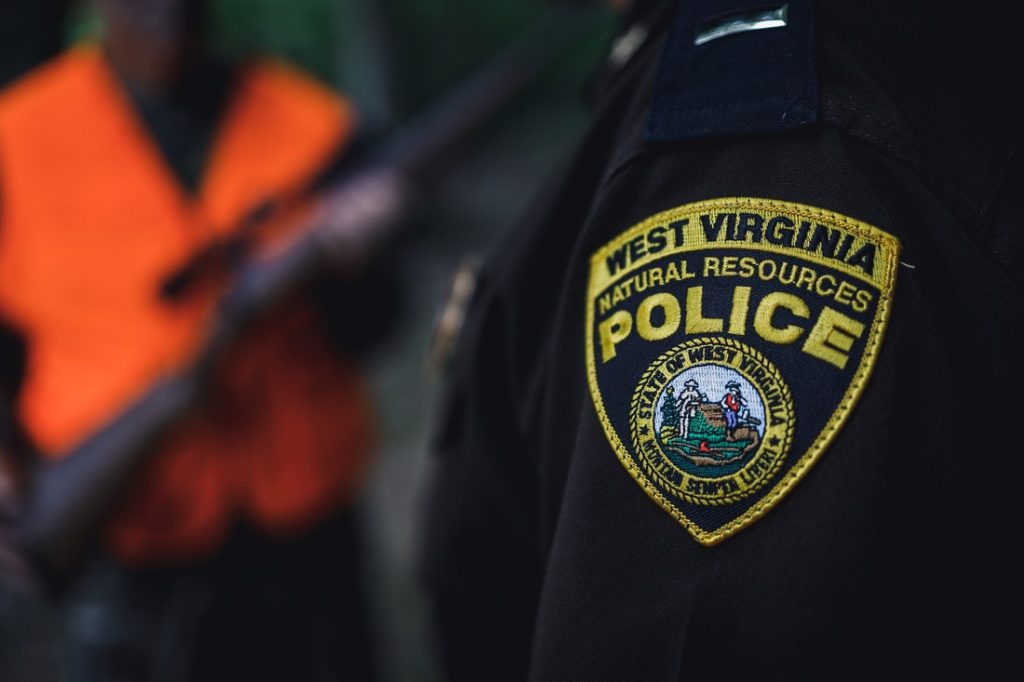With hunting season comes poaching season.
And West Virginia Department of Natural Resources (DNR) law enforcement agents are on the lookout for poachers.
In Morgan County, residents are complaining about poachers coming in from neighboring states, poaching deer and bear. And they are complaining about poachers disabling their wildlife cameras – and sometimes stealing them.
The West Virginia Department of Natural Resources says there are 54 different categories of violations and for all of those violations, there were a total of 1,458 charges of violations filed against individuals from June 30, 2018 to July 1, 2019.
Some of the most frequent violations were – spotlighting (34), hunting deer one half hour before sunrise and one half hour after sunset (34), hunting closed season (91), failure to check game (162), illegal possession of wildlife (350), shooting or hunting from a motor vehicle (115), loaded/uncased firearm or nocked crossbow in or on a vehicle or land conveyance (141), and hunting on private property without permission (123).
Captain Tom Stuckey of the West Virginia Department of Natural Resources says that given that this year “the mast is not the greatest,” it probably means an increase in poaching because the deer are going to be driven out of the woods to look for food in the fields.
In addition, in the COIVD era, there is “a big increase of people using our natural resources,” Captain Stuckey said.
“It’s very high. I expect that to be the same scenario during this hunting season. I look for there to be a lot more people hunting, and probably more violations.”
The DNR’s 2020 West Virginia Mast Survey was released last week and it found that compared to last year, the statewide combined index for all monitored species was down about 37 percent for 2020.
The survey found that while the crop of scarlet oak acorns increased substantially over 2019 levels (+33%) and the red oak/black oak crop was roughly comparable (-4%) between years, abundance of mast produced by all other species declined by a considerable margin.
Among hard mast producing species, beech (-50%), walnut (-51%), and hickory (-54%) performed most poorly, while white oak (-12%), chestnut oak (-17%) and scrub oak (-18%) abundance also declined statewide relative to last year’s crop.
“Good acorn production is usually associated with generally worse hunting prospects for big game because animals don’t need to move as much to meet their daily nutritional needs,” the authors reported. “The spotty and heterogeneous nature of production of acorns across the landscape in 2020 should allow diligent hunters to effectively pursue game animals such as squirrels, raccoons, bears, boars, and deer in very successful fashion provided they scout the areas they plan to hunt and find the pockets of available food.”
The authors of the report are predicting a record bear harvest this year, a higher white tail deer harvest than in 2019, and a similar turkey harvest to 2019.
Captain Stuckey is with DNR District Two, which includes Pendleton, Grant, Hardy, Mineral, Hampshire, Morgan, Berkeley and Jefferson counties. The District Two office can be reached at 304.822.3551.

